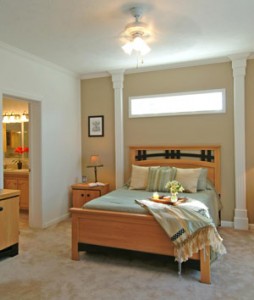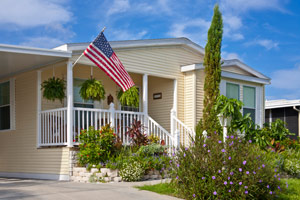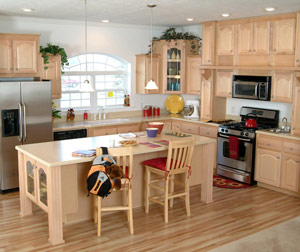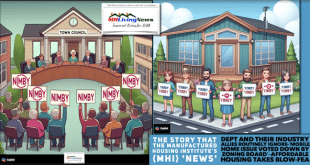One of the top trends driving today’s housing market is the demand for energy-efficient homes that don’t sacrifice comfort for quality. When the temperatures drop in wintertime, especially up north, owners of Manufactured Homes reap a great benefit, lower heating bills.

The Michigan Manufactured Housing Association (MMHA) explains that part of the reason modern manufactured homes often leak less air than conventional construction is because they’re built to a special national code that site-built homes are not.
Based on manufactured home construction and safety standards set by the US Department of Housing and Urban Development, different regions of the country fall under thermal categories determined by their climates. A state like Michigan is located in thermal Zone 3, which mandates the strictest heat leakage protection.
What is a Manufactured Home?
A manufactured home is built to the federal Manufactured Home Construction and Safety Standards Act enacted on June 15, 1976, and as 
Manufactured homes are not the same as a “mobile home,” which were those factory built housing built prior to June 15, 1976 before national standards were in place.
Modular homes are those homes built in a factory which are built in sections or modules, but are constructed to a state or local building standard. Modular homes enjoy many of the same benefits that manufactured homes do.
Because manufactured homes are built in indoors in climate controlled environments, using jigs and other construction techniques to insure a tight fit of components, the Michigan University study results are no surprise to industry professionals. The steel frame of a manufactured home is a permanent part of the homes construction, and while the ‘running gear’ used to move the home to its permanent site is removable, the frame remains, providing additional strength to the home’s construction.
MMHA states that in addition to the national and state codes manufactured homes are required to meet, many homeowners are choosing energy efficient features to keep their homes better protected against the cold. Special insulation, high-performance windows and other materials are reducing overall energy costs and use fewer natural resources, which is a perk for many environmentally and budget conscious homeowners. ##
(Photo credits: HUD Code data plate – Colorado.gov, Home photos – MMHA)

 manufacturedhomelivingnews.com Manufactured Home Living News
manufacturedhomelivingnews.com Manufactured Home Living News
































